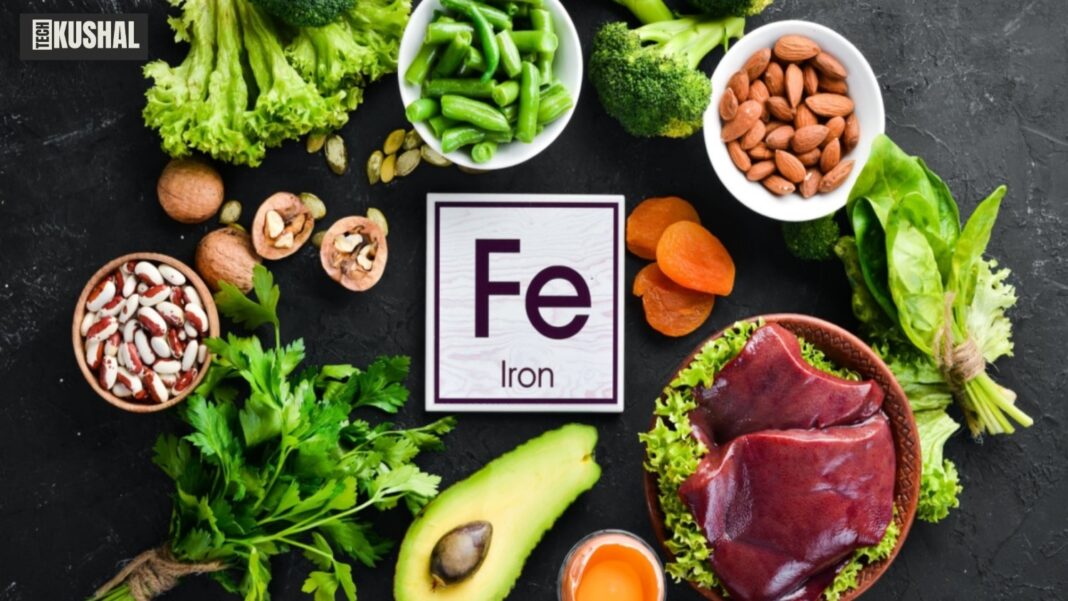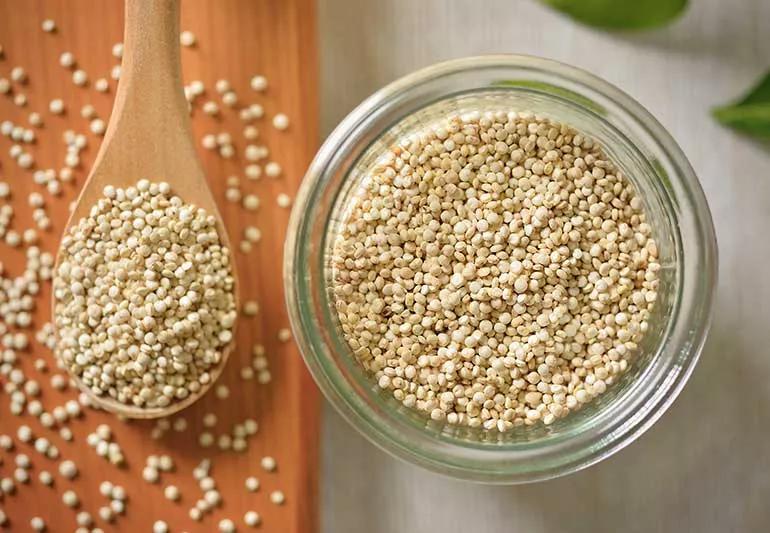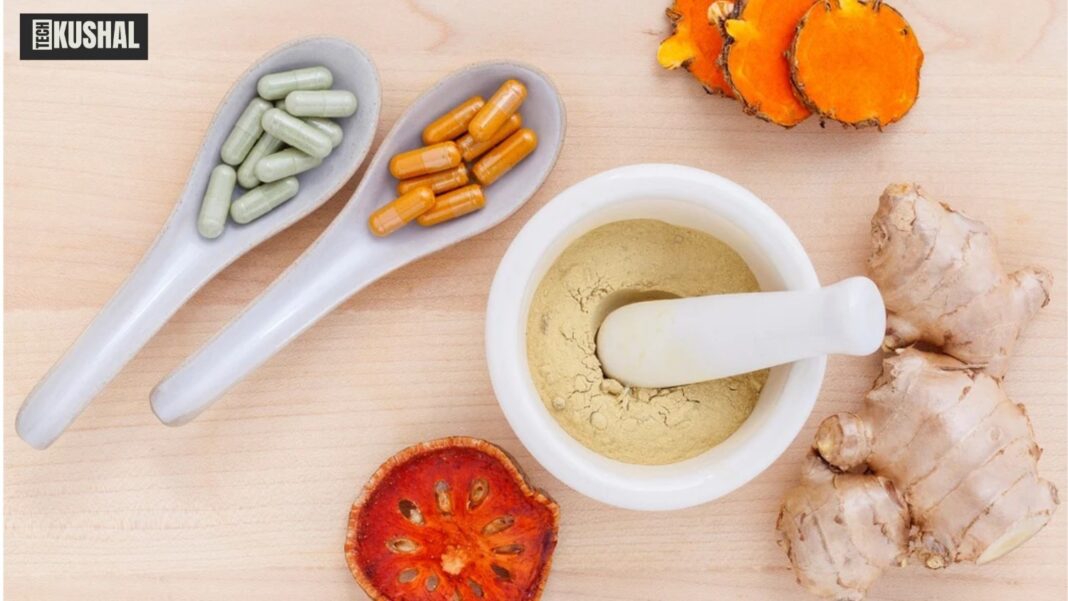
Top 10 Iron-Rich Foods in 2024, Iron is a vital mineral that plays a critical role in maintaining our overall health. It is essential for producing hemoglobin, a protein in red blood cells that carries oxygen throughout the body. A deficiency in iron can lead to anemia, fatigue, and a weakened immune system. To ensure you’re getting enough iron in your diet, it’s crucial to consume foods rich in this nutrient. In 2024, we have compiled a list of the top 10 iron-rich foods that will help you maintain optimal health and vitality.
Read More: Top 10 Super-foods for Newborn Babies
1. Spinach: The Nutrient-Dense Powerhouse
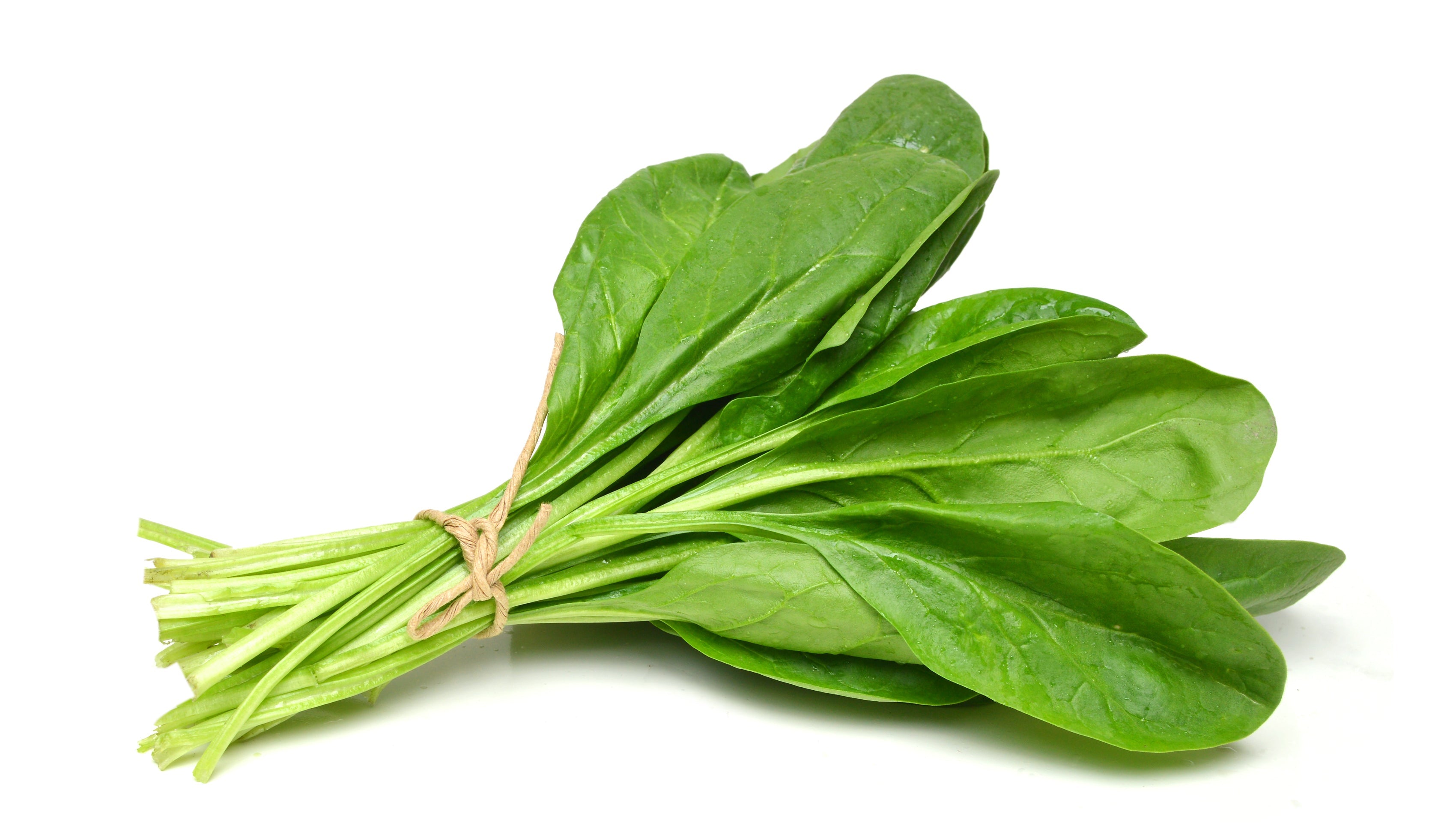
Spinach is a leafy green vegetable that is loaded with iron, making it an excellent choice for anyone looking to increase their iron intake. Just one cup of cooked spinach provides about 6.4 milligrams of iron, which is about 36% of the daily recommended intake for women. Spinach is also rich in vitamins A, C, and K, as well as magnesium, calcium, and antioxidants that support overall health.
How to Include Spinach in Your Diet
Incorporate spinach into your diet by adding it to salads, smoothies, or sautéing it as a side dish. You can also use spinach as a base for a nutrient-packed green juice.
2. Lentils: A Protein-Packed Iron Source

Lentils are a type of legume that is not only high in iron but also a great source of plant-based protein. One cup of cooked lentils contains about 6.6 milligrams of iron, which is roughly 37% of the daily recommended intake. Lentils are also rich in fiber, folate, and other essential nutrients, making them a versatile and nutritious addition to any meal.
How to Include Lentils in Your Diet
Lentils can be used in soups, stews, salads, or as a meat substitute in various dishes. They are easy to cook and can be flavored with herbs and spices to create a satisfying meal.
3. Red Meat: A High-Quality Iron Source

Red meat, particularly beef, is one of the most well-known sources of heme iron, which is more easily absorbed by the body than non-heme iron found in plant-based foods. A 3-ounce serving of cooked beef provides about 2.7 milligrams of iron, or 15% of the daily recommended intake for women. Red meat is also rich in protein, B vitamins, and zinc.
How to Include Red Meat in Your Diet
Include lean cuts of beef, lamb, or pork in your diet by grilling, roasting, or stir-frying. Be mindful of portion sizes and opt for grass-fed, organic meat when possible for added health benefits.
4. Quinoa: The Ancient Grain Rich in Iron
Quinoa is a gluten-free grain that is not only high in protein but also a good source of iron. One cup of cooked quinoa provides about 2.8 milligrams of iron, or 15% of the daily recommended intake. Quinoa is also rich in essential amino acids, making it a complete protein source, along with fiber, magnesium, and antioxidants.
How to Include Quinoa in Your Diet
Quinoa can be used as a base for salads, as a side dish, or as a substitute for rice or pasta. It can also be added to soups and stews for an extra nutrient boost.
5. Pumpkin Seeds: The Iron-Rich Snack
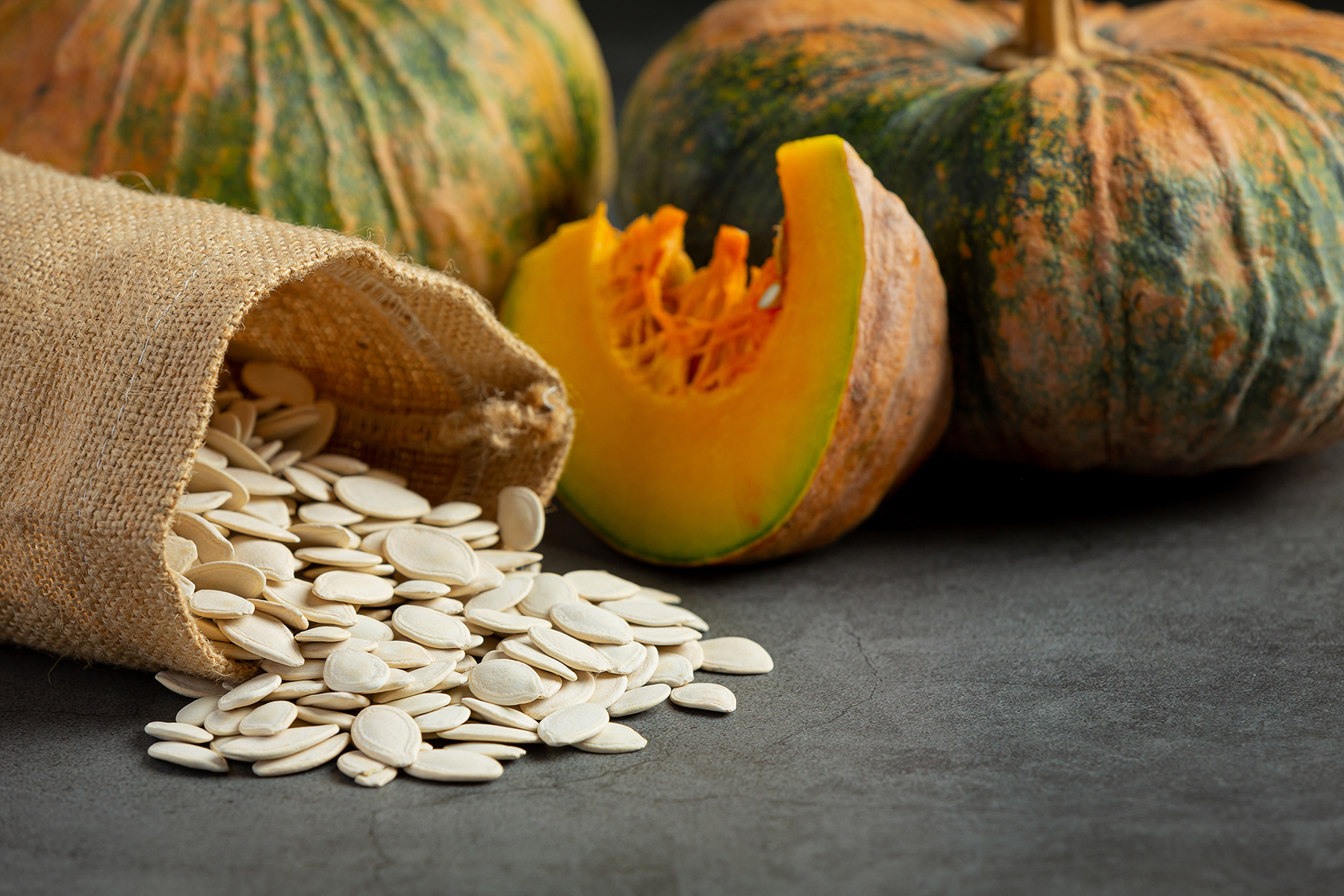
Pumpkin seeds are a nutritious snack that is surprisingly high in iron. A 1-ounce serving of pumpkin seeds contains about 2.5 milligrams of iron, which is around 14% of the daily recommended intake. In addition to iron, pumpkin seeds are rich in magnesium, zinc, and healthy fats that support heart health.
How to Include Pumpkin Seeds in Your Diet
Enjoy pumpkin seeds as a snack, sprinkle them on salads or yogurt, or add them to your favorite trail mix. They can also be used as a crunchy topping for soups and baked goods.
6. Chickpeas: The Versatile Legume
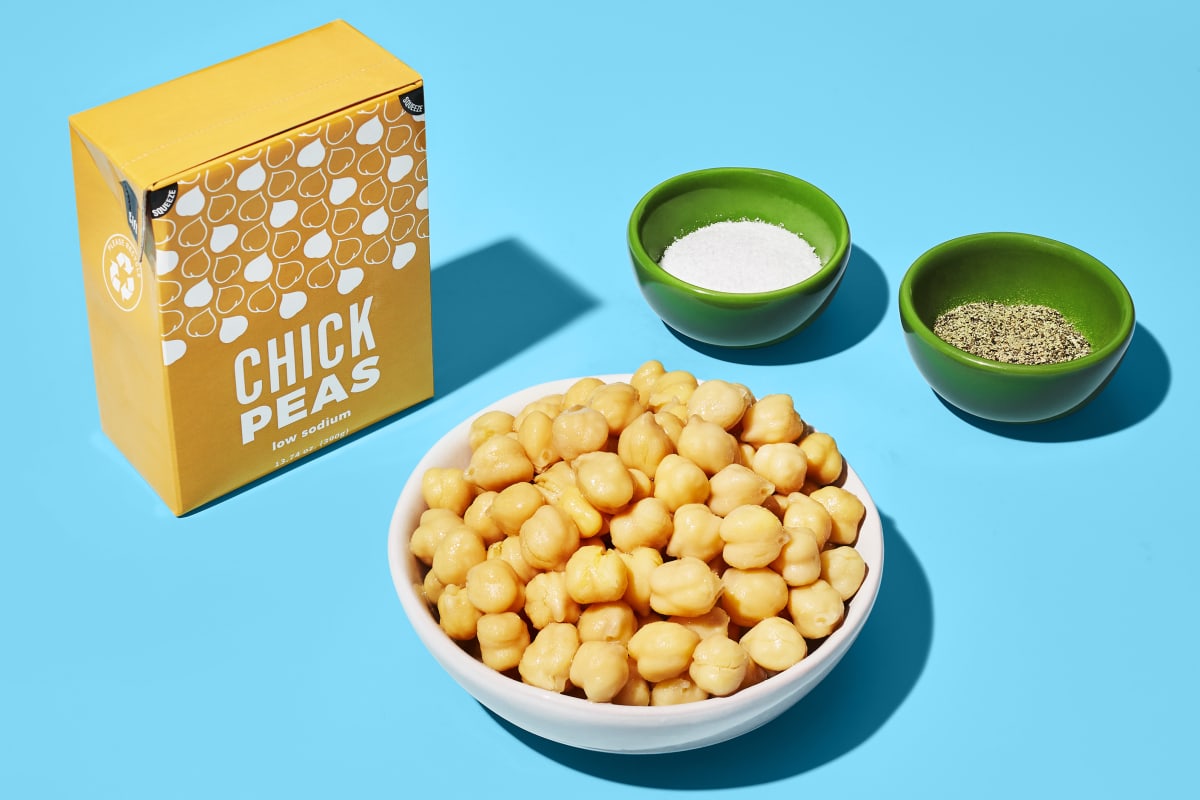
Chickpeas, also known as garbanzo beans, are another excellent plant-based source of iron. One cup of cooked chickpeas provides about 4.7 milligrams of iron, or 26% of the daily recommended intake. Chickpeas are also rich in protein, fiber, and essential nutrients like folate and manganese.
How to Include Chickpeas in Your Diet
Chickpeas can be used in a variety of dishes, including salads, stews, and curries. They can also be roasted for a crunchy snack or blended into hummus for a delicious dip.
7. Tofu: The Iron-Rich Meat Alternative
:max_bytes(150000):strip_icc()/Simply-Recipes-Guide-to-Tofu-LEAD-03-b061d09a0d434bb38ddac0c7017829ab.jpg)
Tofu, made from soybeans, is a popular meat alternative that is high in iron. A half-cup serving of tofu provides about 3.4 milligrams of iron, which is around 19% of the daily recommended intake. Tofu is also a good source of plant-based protein, calcium, and other essential nutrients.
How to Include Tofu in Your Diet
Tofu can be grilled, stir-fried, or added to soups and stews. It absorbs the flavors of the ingredients it is cooked with, making it a versatile ingredient in various cuisines.
8. Dark Chocolate: A Sweet Source of Iron
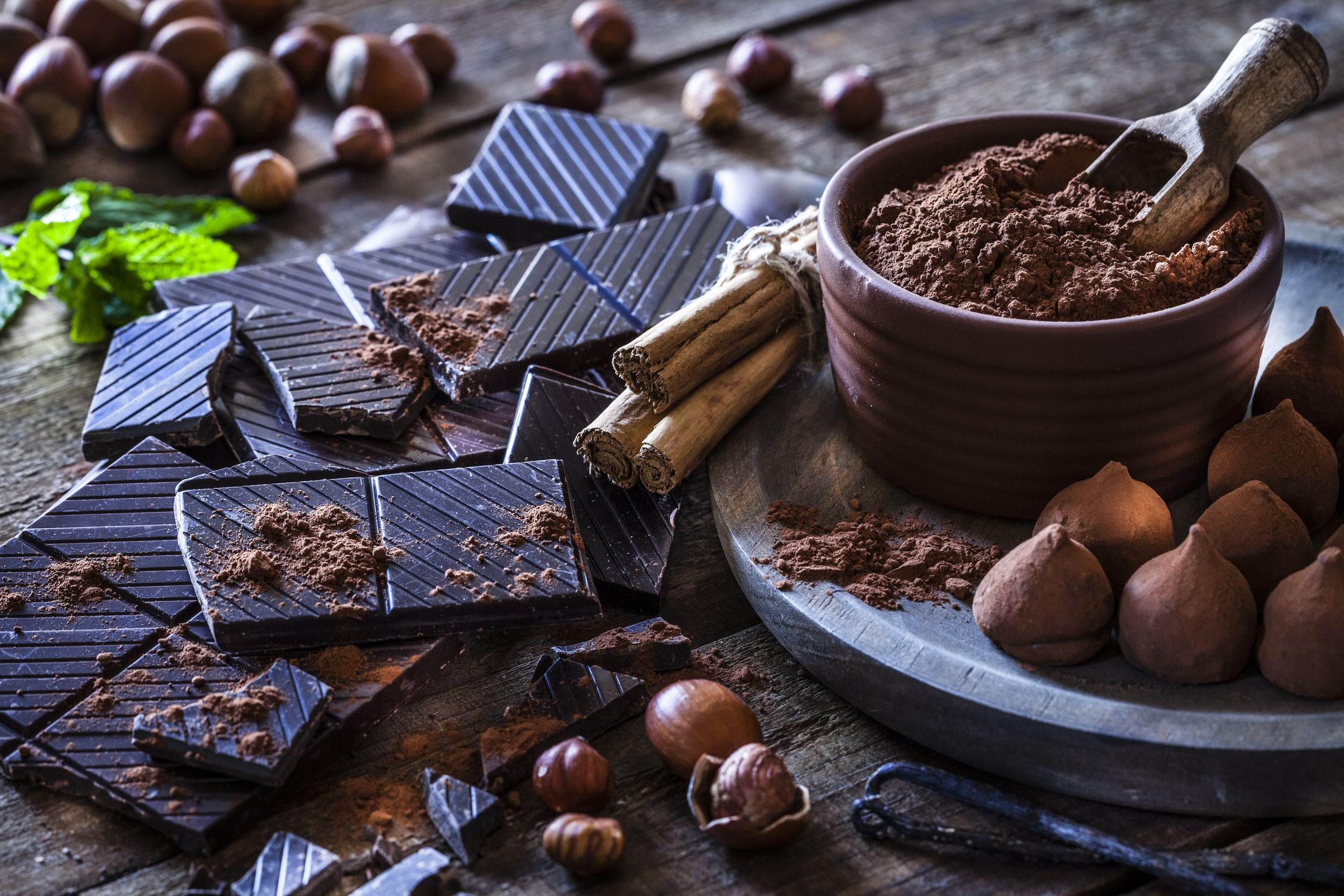
Dark chocolate is not only a delicious treat but also a surprisingly good source of iron. A 1-ounce serving of dark chocolate (70-85% cocoa) contains about 3.4 milligrams of iron, or 19% of the daily recommended intake. Dark chocolate is also rich in antioxidants, which can help protect your body from oxidative stress.
How to Include Dark Chocolate in Your Diet
Enjoy a small piece of dark chocolate as a snack or dessert, or add it to smoothies, oatmeal, or yogurt for a sweet and nutritious boost.
9. Oysters: The Iron-Rich Seafood

Oysters are one of the richest sources of heme iron, with just 3 ounces of cooked oysters providing about 8 milligrams of iron, or 44% of the daily recommended intake. In addition to iron, oysters are high in zinc, vitamin B12, and other essential nutrients that support overall health.
How to Include Oysters in Your Diet
Oysters can be enjoyed raw, grilled, or baked. They make a delicious appetizer or main dish and can be paired with lemon juice, garlic, or herbs for added flavor.
10. Fortified Cereals: The Convenient Iron Boost
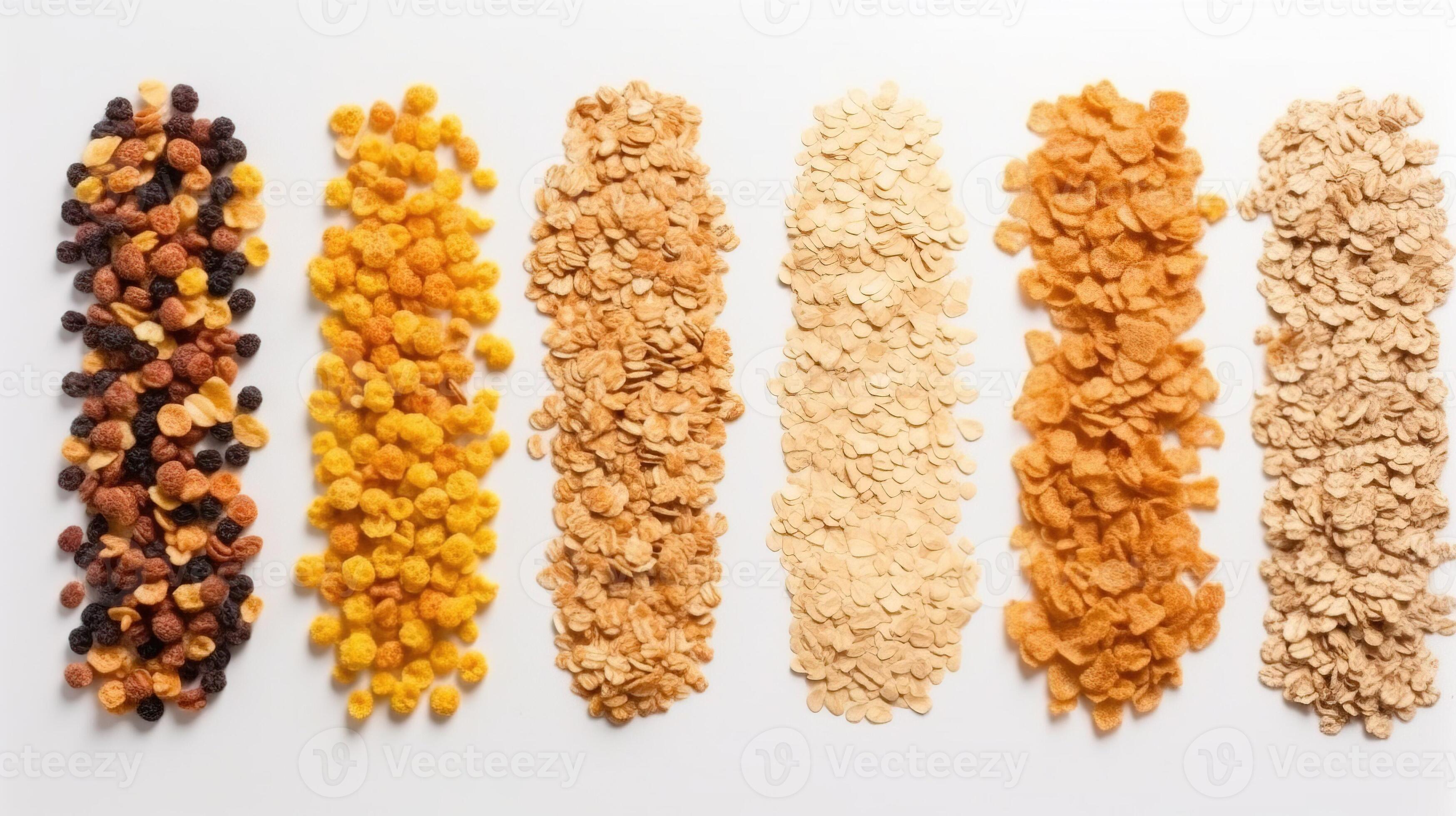
Many breakfast cereals are fortified with iron, making them a convenient way to increase your iron intake. Depending on the brand, a serving of fortified cereal can provide anywhere from 3.5 to 18 milligrams of iron, covering a significant portion of your daily needs. Fortified cereals are also often enriched with other vitamins and minerals, including B vitamins, calcium, and vitamin D.
How to Include Fortified Cereals in Your Diet
Choose a low-sugar, whole-grain cereal for the most nutritional benefit. Pair it with milk or a dairy-free alternative and top with fresh fruit for a balanced breakfast.
Conclusion
Incorporating iron-rich foods into your diet is essential for maintaining optimal health and preventing iron deficiency. From leafy greens like spinach to protein-packed lentils, there are plenty of delicious and nutritious options to choose from. By including a variety of these top 10 iron-rich foods in your meals, you can ensure you’re meeting your daily iron needs and supporting your overall well-being.
